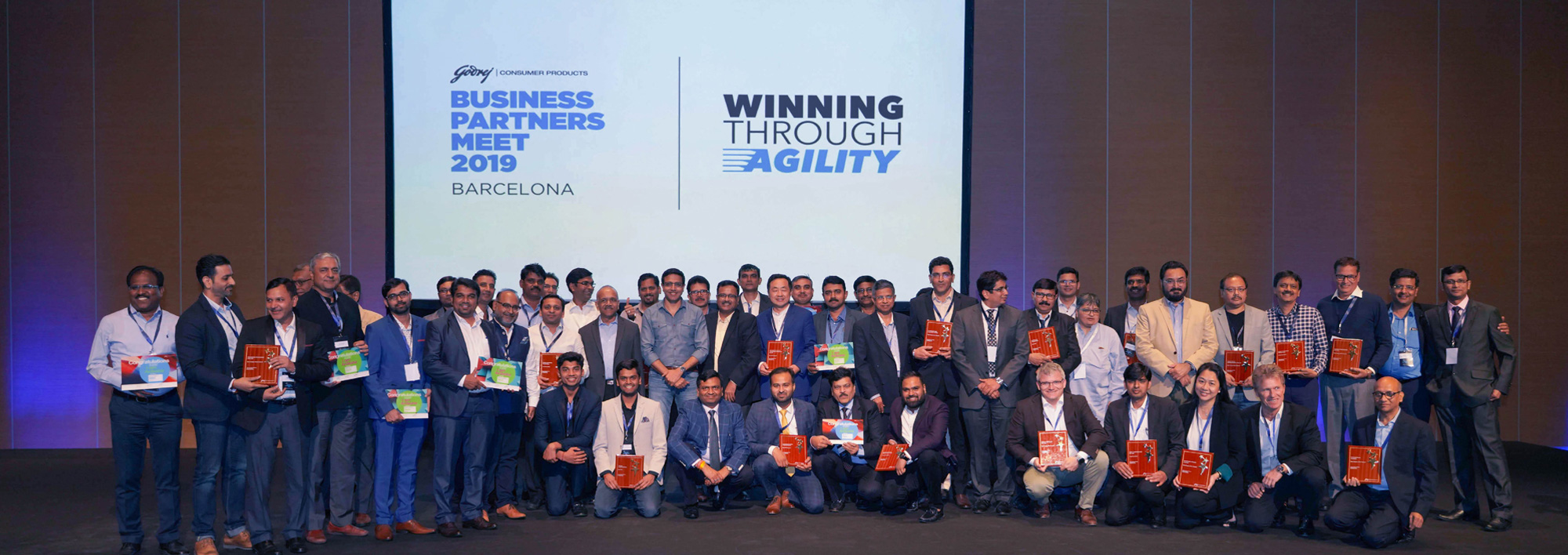
Financial
Capital

Manufactured
Capital

Human
Capital

Natural
Capital

Social and
Relationship
Capital
Our future-ready investments are aimed at achieving process efficiencies, leveraging economies of scale, and helping us be more competitive in the market, and directly impacting our Manufactured Capital, and consequently strengthening our Financial Capital.
We are enhancing Intellectual Capital by scaling up technology and capabilities and evolving best practices. Smarter, safer work environments, in line with global standards, enable our team members to deliver more efficiently and improve Human Capital.
The resultant impact of reaching a wider consumer base and enhanced employee capabilities, together with close partnership with our suppliers, builds Social and Relationship Capital. All our efforts are grounded in improving sustainability and making a positive impact on Natural Capital.
For more details, refer to the SDG mapping on our website




Our state-of-the-art hair extensions
factory at Mozambique
1. Customer Service
Introducing agile fulfilment initiatives to respond efficiently to changing consumer demands
We continuously focus on making our manufacturing delivery and logistics operations more agile, to facilitate responses to the constantly changing consumer demand patterns.
We have achieved high fill rates in most of our key geographies, ranging between 92 and 99 per cent.
Fill rates across geographies (%)
| India | 98.04 |
| Indonesia | 98.10 |
| Argentina | 98.36 |
| Chile | 93.80 |
| Kenya | 97.20 |
| South Africa | 94.30 |
| Nigeria | 92.50 |
| Ghana | 95.60 |
| USA | 94.40 |
| Tanzania | 99.30 |
| Mozambique | 97.10 |
In line with increasing demand patterns, we have enhanced manufacturing capacity across geographies.
We have also increased the number of customised packs for organised trade and improved fill rates for organised trade.
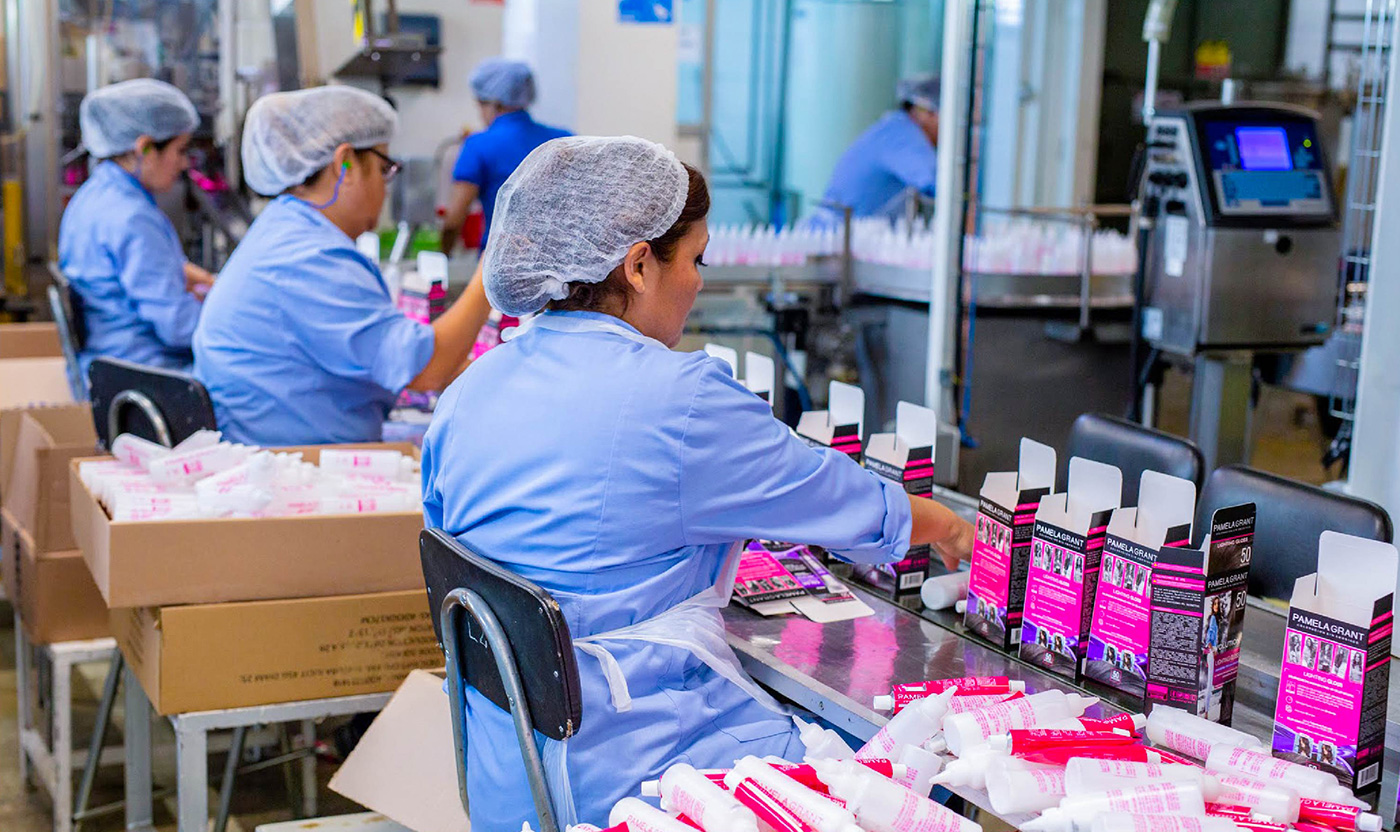
A look inside our
Issue hair colour factory
in Latin America
2. Employee engagement and productivity improvement
Extending best practices and shop floor employee engagement globally
To become more competitive, we have adopted best-in-class manufacturing practices across our global supply chain - from procurement through to manufacturing and shipping, including demand-driven supply chain, Theory of Constraints, total productive maintenance (TPM), lean, six sigma, kaizen, and low-cost automation.
We are constantly exploring new technologies and solutions to improve the utilisation of our assets and materials and ensure improved freshness of our products.
A. Total quality management
We drive total quality management through shop floor employee engagement initiatives across geographies. As part of this, we train all shop floor employees in TPM, lean, quality circles, task force, and kaizen.
B. Productivity improvement
In fiscal year 2020, we engaged with over 22,000 shop floor employees to improve manufacturing process, productivity per person, and employee connect and relations.
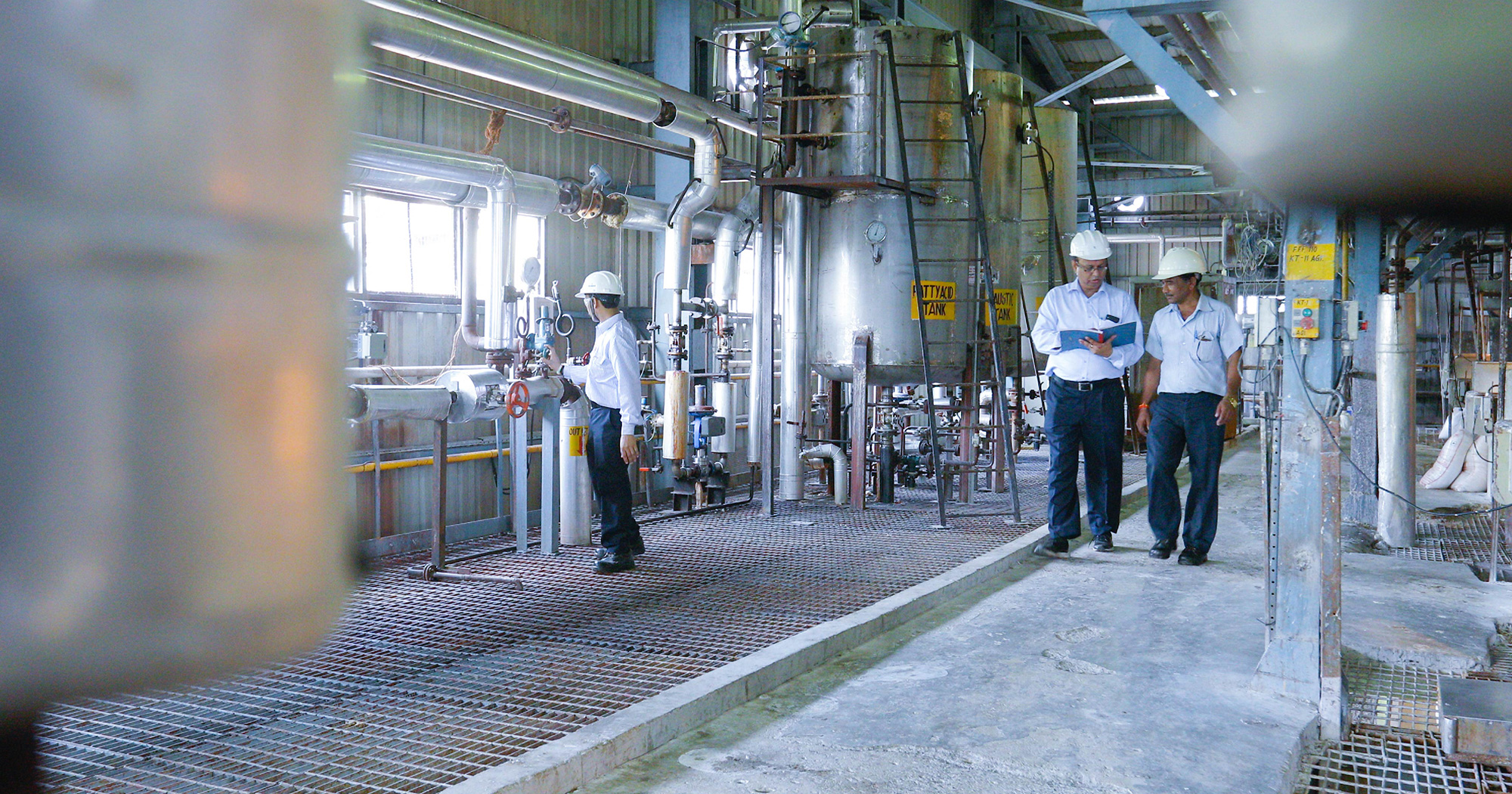
Our largest soap factory
at Malanpur in India
Productivity improvement across locations
| Country | Product | Improvement (%) |
|---|---|---|
| India | Godrej aer pocket Godrej Expert Rich Crème Goodknight Fast Card |
20.5 6 3.7 |
| Tanzania | Braids | 4.44 |
| Uganda | Crochet (Afro kinky) | 15.71 |
| Kenya | PC Weaves N. Abuja Braids |
23.53 4.65 |
| Mozambique | Weaves | 104.76 |
| Nigeria | Crochet (Wet Wave) Braids |
87.81 4.43 |
| Ghana | Natural twist Braids |
29.67 7.91 |
| Indonesia | Mitu Mega 1 | 0.64 |
All team members are encouraged to suggest changes to improve process efficiencies. We ran an employee suggestion scheme and got over 12,269 suggestions, 63 per cent of which were implementable. So far, we have implemented 69 per cent of the implementable suggestions and the others are in process.
Our team members also registered 92 kaizens for performance improvement across our African and Indonesian manufacturing plants. All 92 have been implemented. Shop floor employees across Indonesia and Africa are helping solve problems related to their own jobs through quality circles, a participatory management technique. Currently, we run 32 quality circles in Indonesia, Kenya, Ghana, and Mozambique.
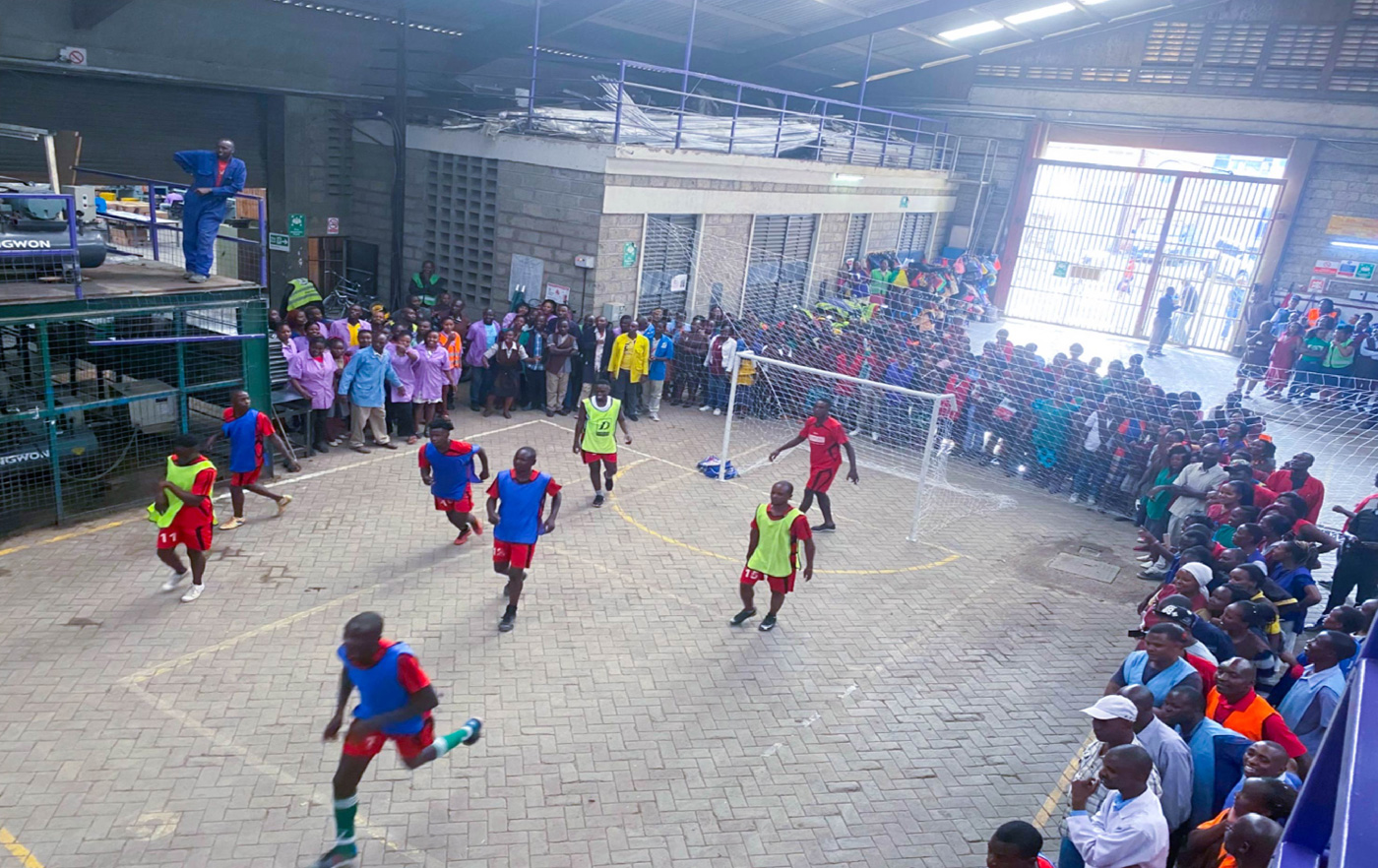
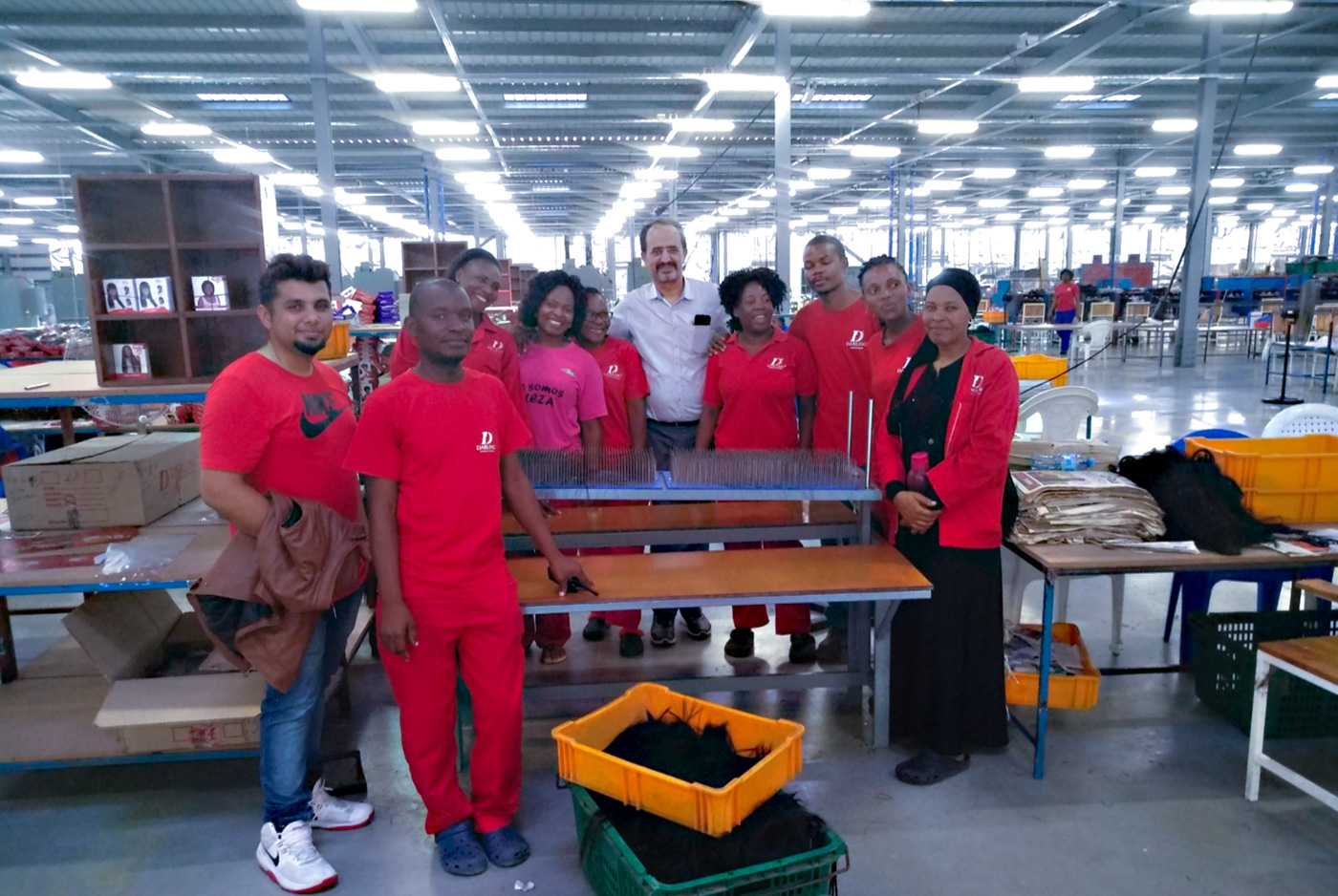
Shop floor engagement activities
at our Kenya and Mozambique factories
3. Industry 4.0
Making future-ready investments to further improve productivity
We are making future-ready investments in Industry 4.0 technologies and processes to improve productivity and quality.
In fiscal year 2020, we implemented IoT at our refill lines at our new Conso unit in Guwahati, North East Cluster. This helped improve line productivity by 18 per cent. In the North Cluster, we implemented IoT at the soap line at our Katha and Thana unit. The real-time monitoring of different machines helped us in de-bottlenecking, thereby improving productivity by 3 per cent.
We implemented IoT at our Lokhra unit in the North East Cluster at our hair crème lines. In the South Cluster, we implemented IoT at our coil line, at our Coil 9 plant. Both these initiatives have significantly improved line productivity.
We have also piloted the implementation of digital twins at two of our plants. At our Coli 9 plant, we implemented a digital twin for our coil drying system to improve throughput and reduce energy consumption. At Lokhra 2 plant, a digital twin was implemented for plant layout optimisation to maximise production lines and increase GST benefits.
To address ongoing inflation and deprecation of local currency, we are constantly exploring ways to maintain and improve product costs. We have recently rolled out a value engineering workshop for the Southern Africa business to identify opportunities, mitigate inflation, and increase the value of our products. We are also developing our local team to incorporate this technique in our production process.
4. Sustainability of the process
Driving sustainability initiatives across manufacturing processes and the supply chain
Manufacturing
As part of our Good & Green vision, we have identified five environmental sustainability goals to be achieved by fiscal year 2021 - we aim to be carbon neutral, achieve water positivity, send zero waste to landfill, reduce specific energy consumption by 30 per cent, and have 30 per cent of total energy from renewable sources. Our performance is guided and tracked by the Sustainability Team at the corporate centre and driven by manufacturing cluster heads and team members at each location.
We track emissions and data calculations for all locations where we have 100 per cent operational control.
We are in the process of adopting carbon and water pricing to capture the financial implications of our emissions and water use, and further our focus on sustainable growth.
Supply chain
Since 2015, we have defined our sustainability commitment expectations for suppliers, linked to our Good & Green goals. This is detailed in the GCPL Sustainable Procurement Policy. All our key suppliers are expected to align with this. The current ESG parameters are also applicable to our existing suppliers.
We are committed to helping our suppliers make their operations more sustainable through the following:
We work with over 600 suppliers. As a part of supplier assessments, we have evaluated 132 suppliers so far (accounting for 67 per cent of our procurement spends) on being quality centred, ethically driven, green inspired, and socially focused. Eighty-seven of these vendors who had historical scores showed 61 per cent improvement. None of the vendors showed any non-compliances towards ethical policies. We have per cent of the evaluated suppliers in sustainability risk zone.
To drive continuous adherence, we have shared industry best practices and suggested actions. Additionally, sustainability assessment through a self-declared questionnaire has become part of our new vendor initiation protocol.
In Indonesia, we are in the process of evaluating 18 of our exclusive vendors (accounting for 65 per cent of our purchases). In Chile, we are covering 13 exclusive vendors (accounting for 40 per cent of our purchases). In Argentina, we are assessing 13 exclusive vendors (accounting for 47 per cent of our purchases).
As part of our process, we collate qualitative and quantitative data, and develop a composite score on the basis of the responses. To drive continuous adherence, we have scheduled self-declarations from suppliers, as well as external audits, identified category-wise targets, and are sharing industry best practices and suggested actions.
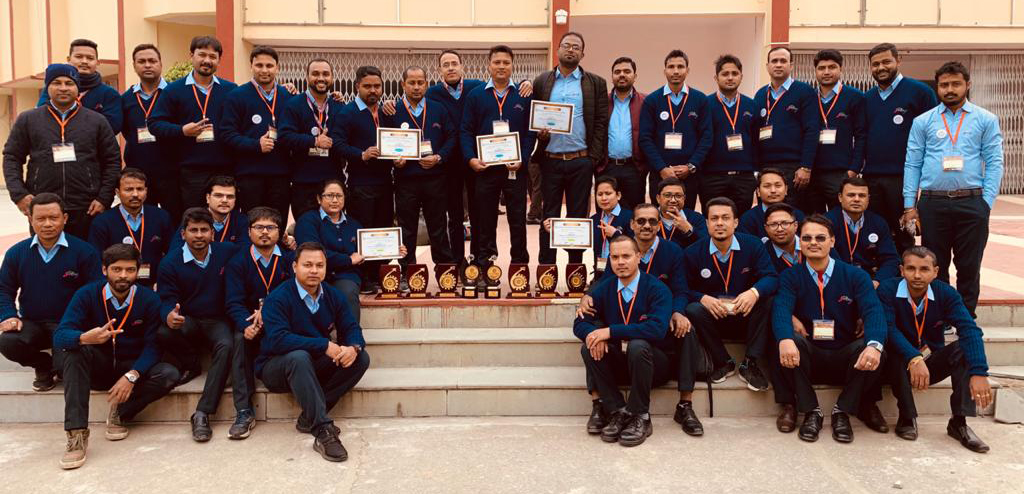
At the National Convention on Quality Concepts (NCQC) 2019, our North East cluster won 9 awards, North cluster won 16 awards, and Central cluster won 16 awards.
Engaging with our
supplier partners at our
annual Global Business Partner
Conference 2019
Engaging with our
supplier partners at our
annual Global Business Partner
Conference 2019
